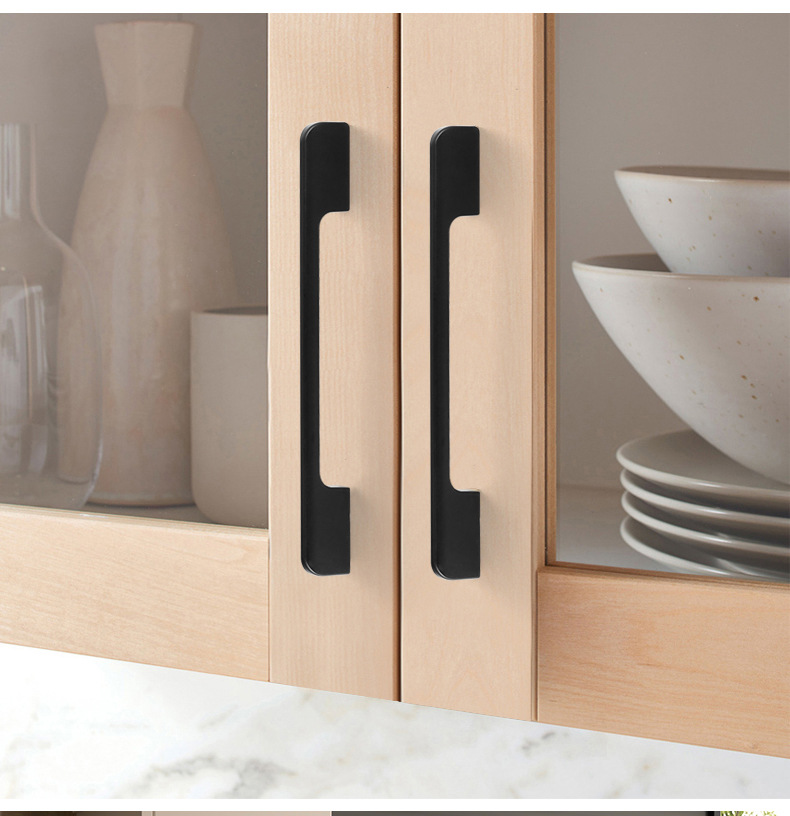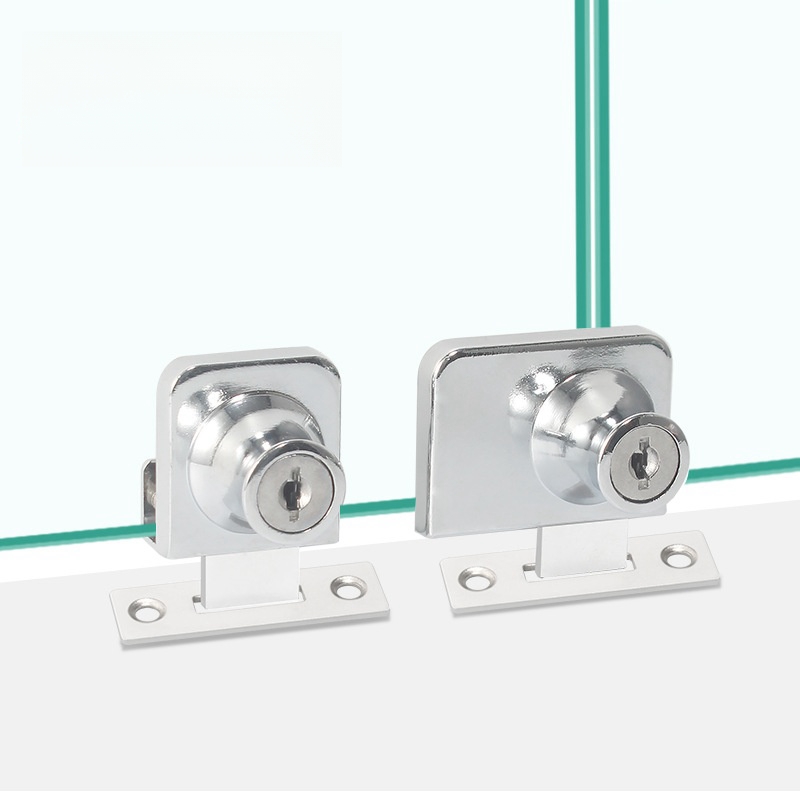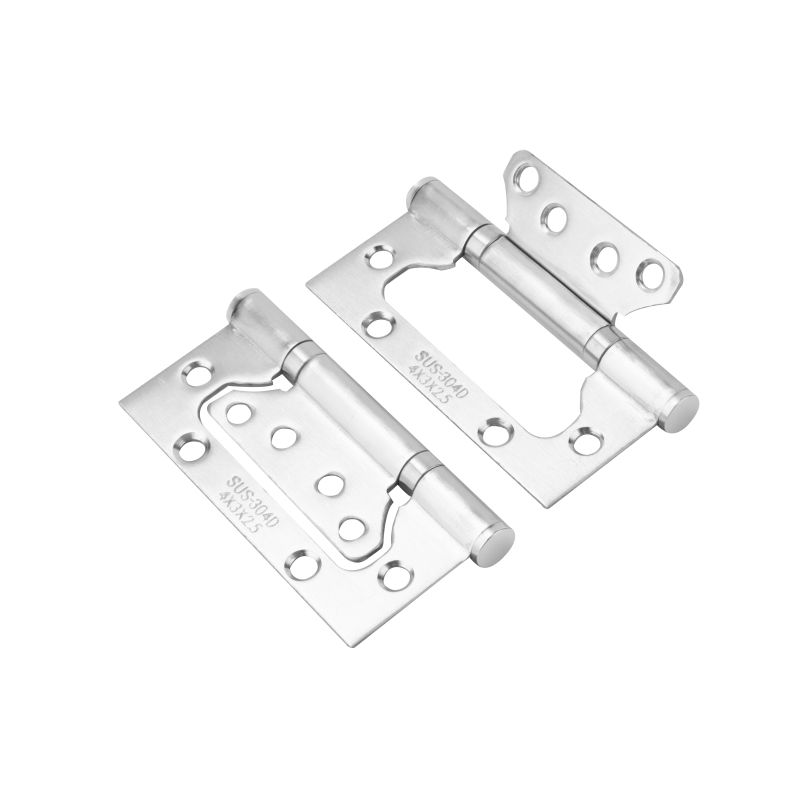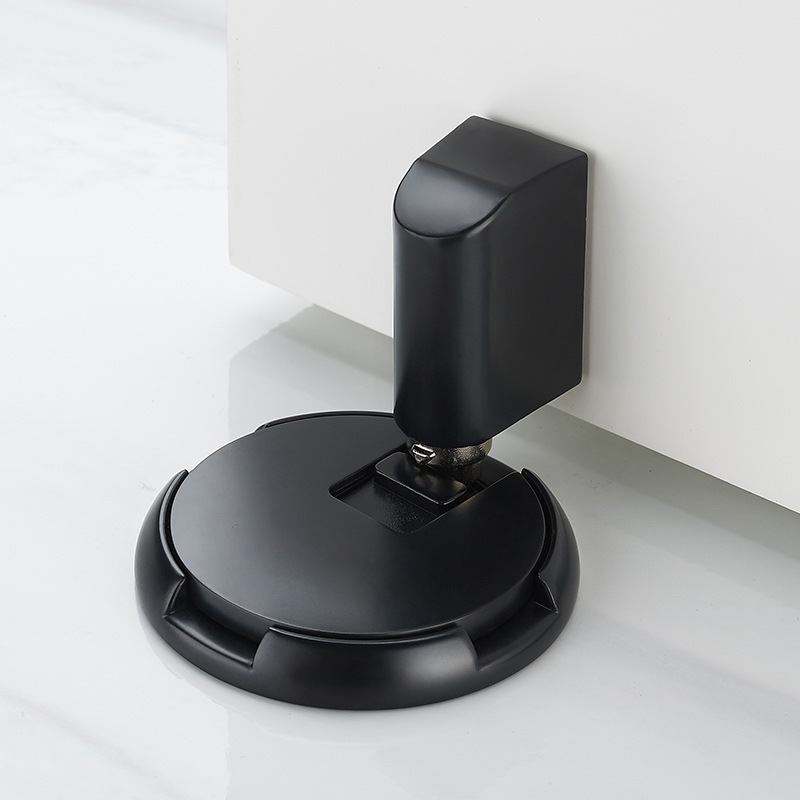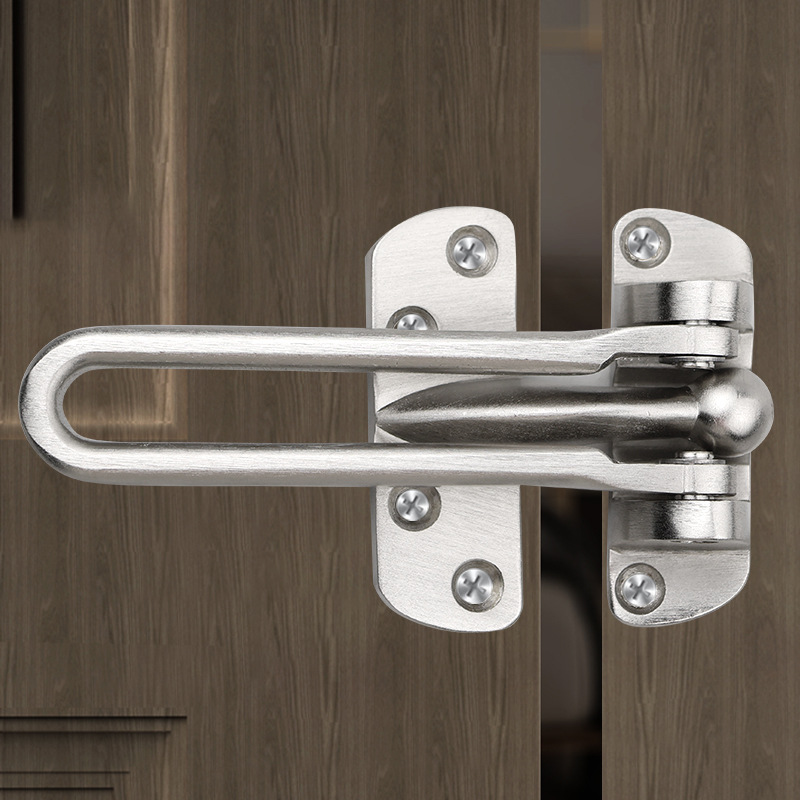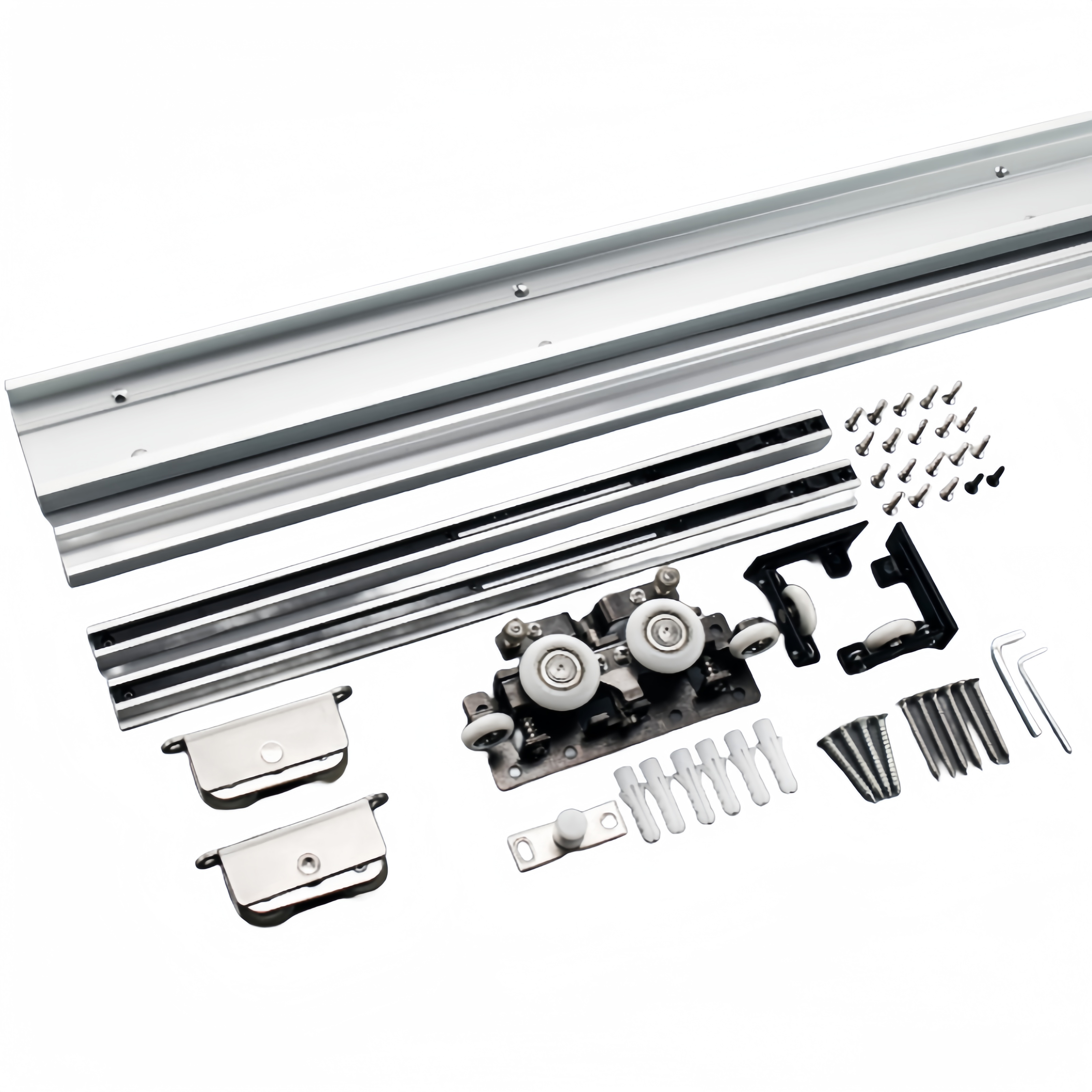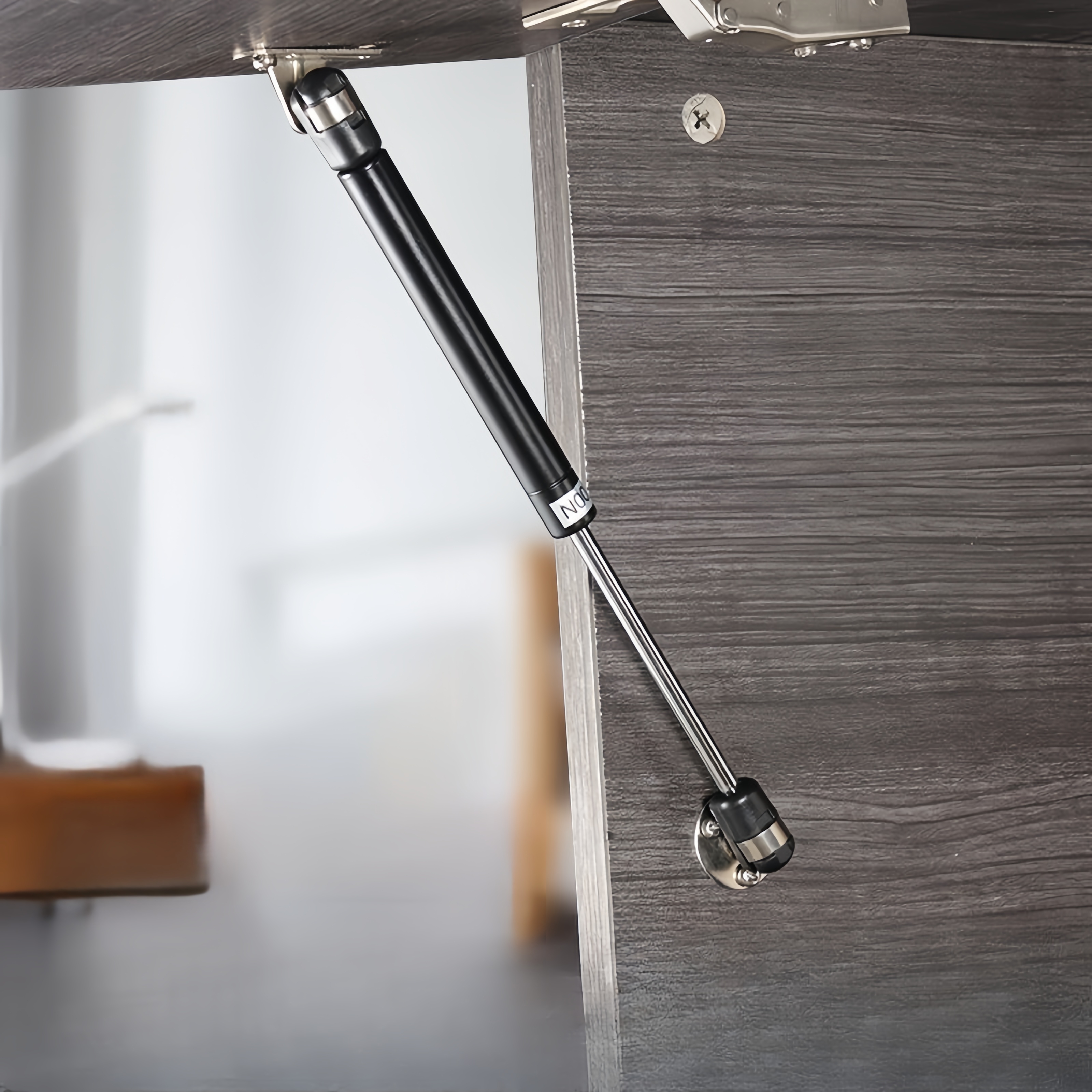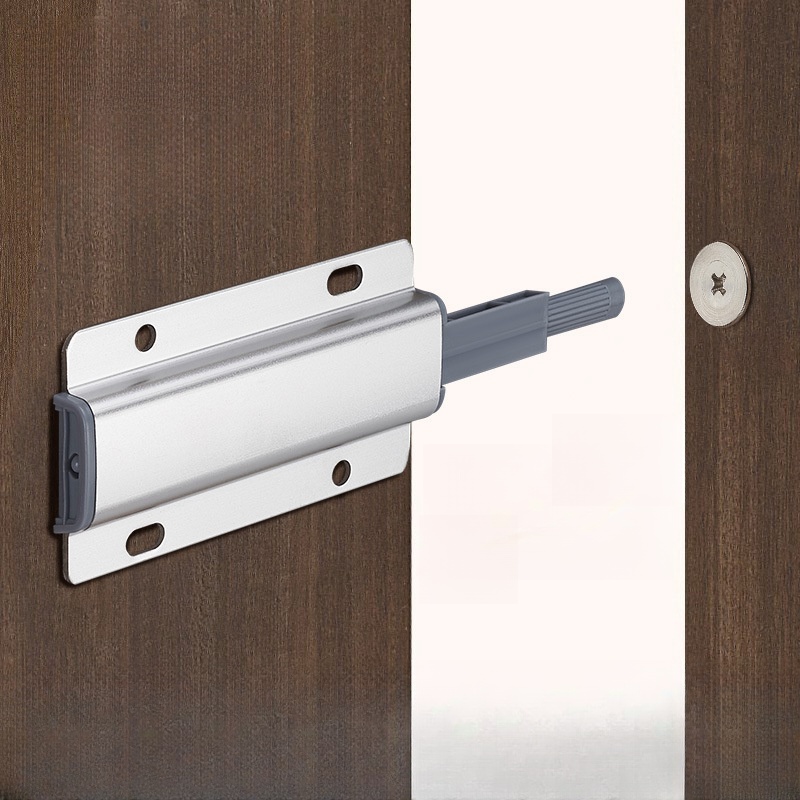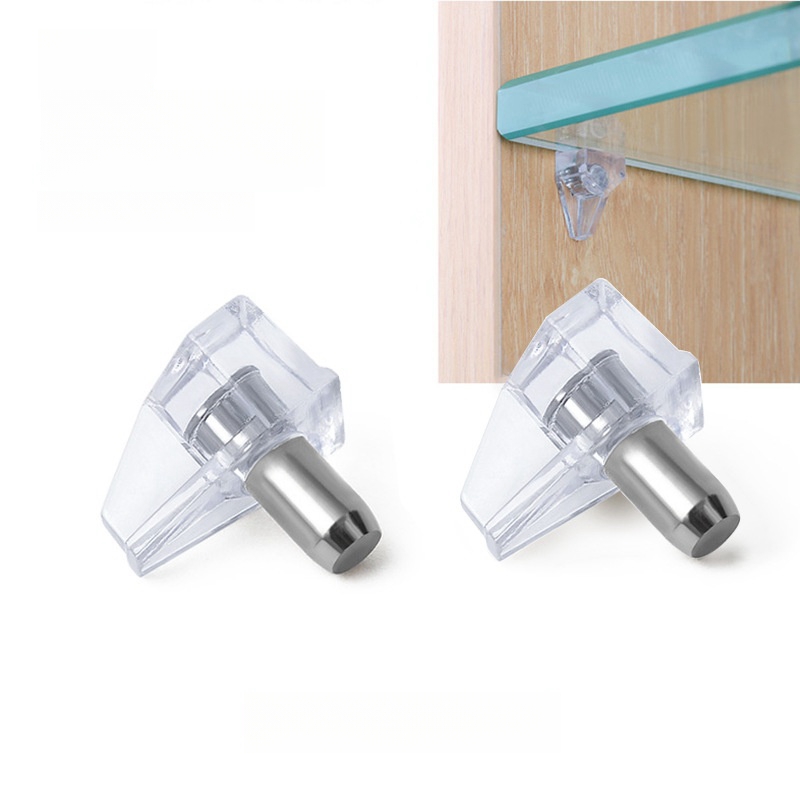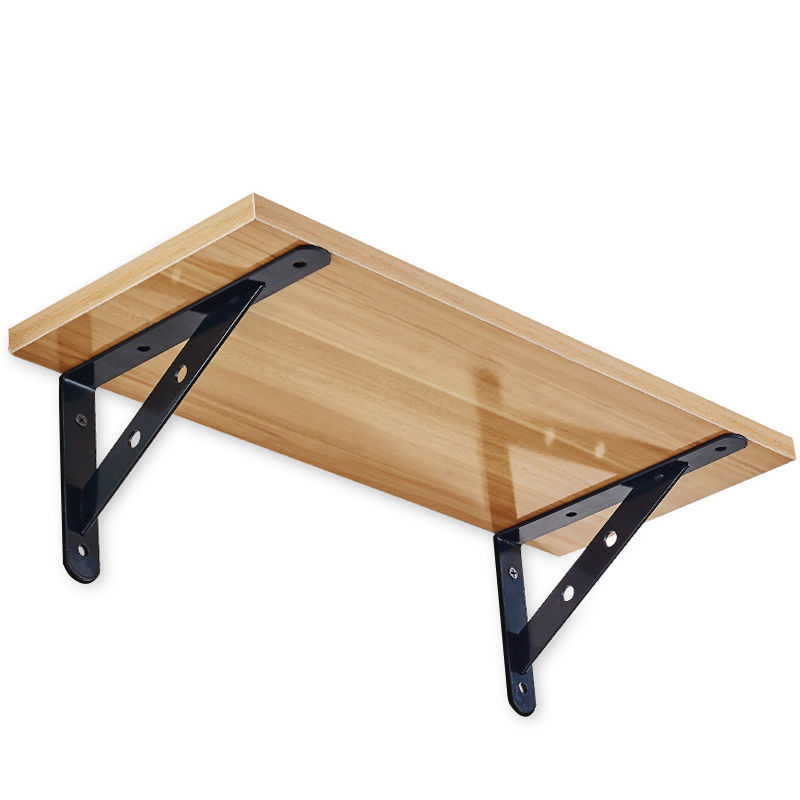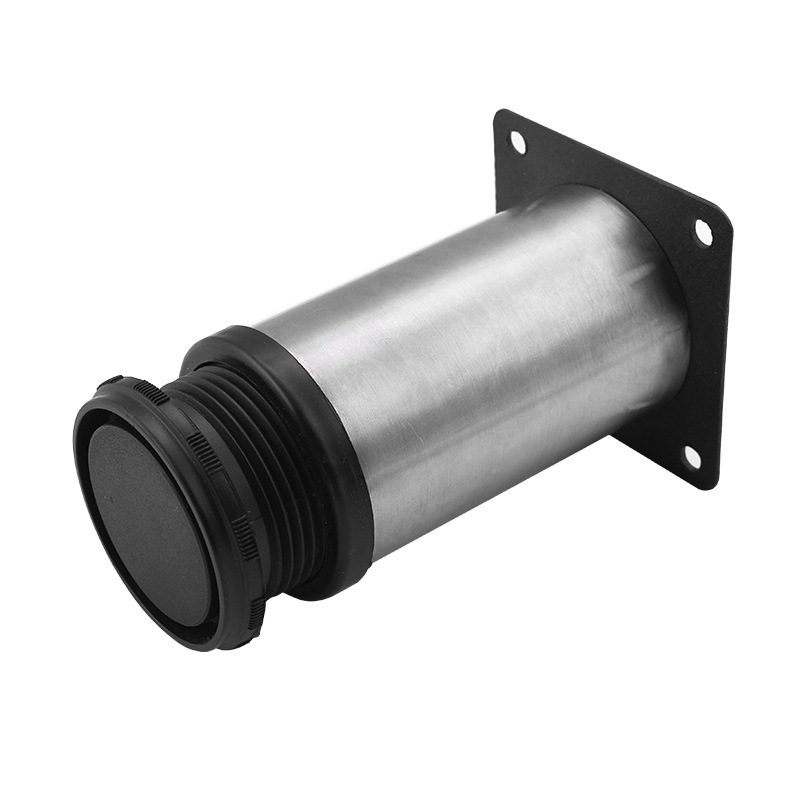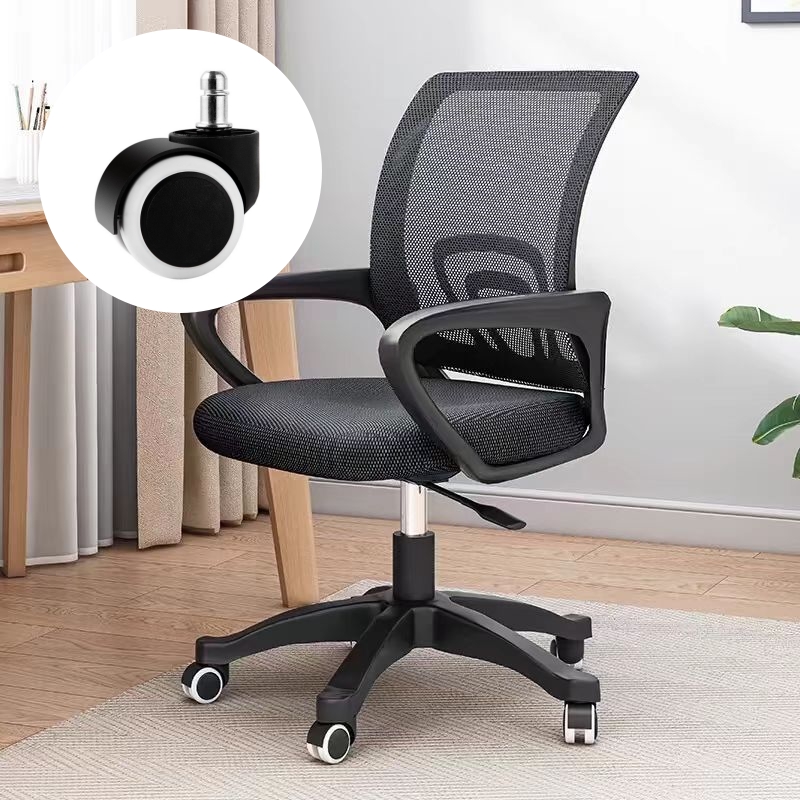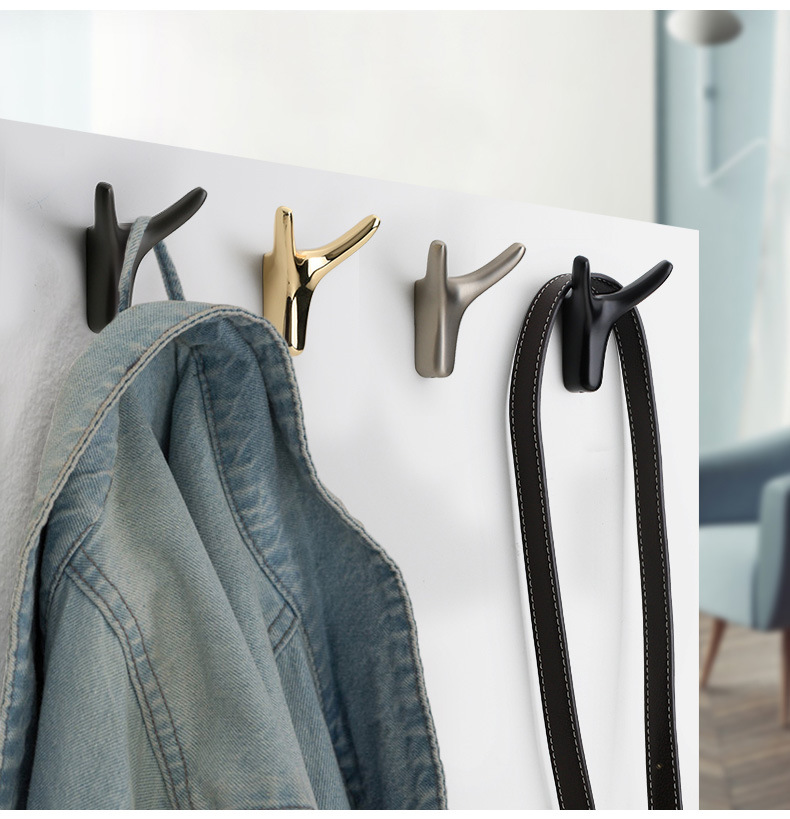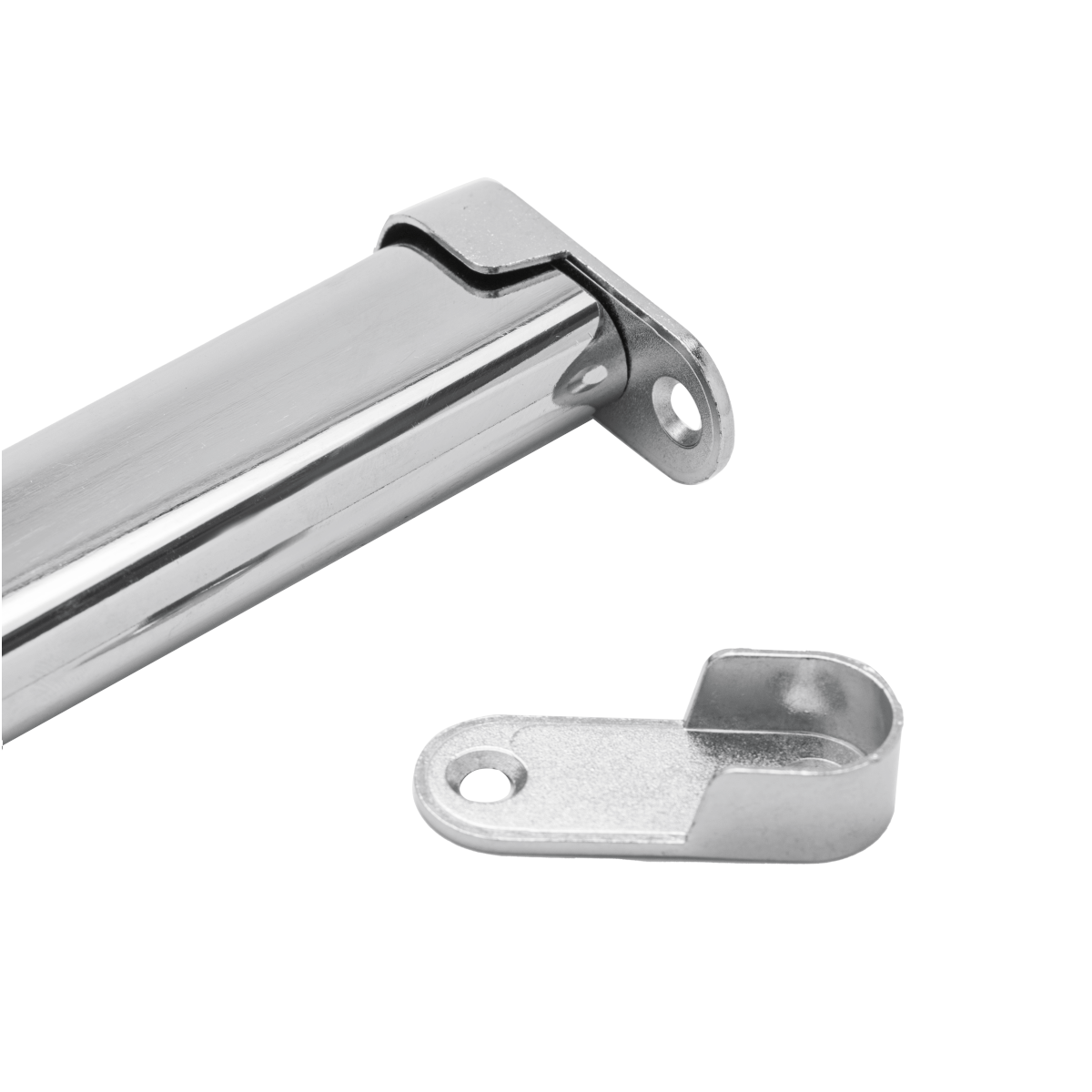
ABOUT
Guangzhou Toplink hardware Co., Ltd specialized in the production and export of furniture hardware fittings, with an experience of more than 14 years.
Our main products are drawer locks, cabinet hinges, sliding rails, cabinet handles, casters, cabinet legs and connecting fittings etc..
With a complete range of products, excellent performance and reasonable prices we have built up business with many customers all over the world.
We are committed to strict quality control and considerate customer service. We sincerely looking forward to becoming your best choice and the most reliable partner!
PRODUCTS
door lock latch stuck
Understanding the Mechanics of a Door Lock Latch
Before tackling the problem of a stuck latch, it's helpful to understand its basic function. Most door lock latches consist of a bolt that extends into the door frame when the door is closed and a mechanism to retract the bolt, allowing the door to open. This mechanism is often operated by a key, a doorknob, or a handle. The latch itself is usually made of metal, and its smooth operation relies on precision engineering and the absence of obstructions. Friction, misalignment, or foreign objects can all interfere with the latch's ability to move freely.
The components of a door latch are tightly interconnected. A simple malfunction in one part – a worn-out spring, a bent bolt, or even a build-up of debris – can cause a chain reaction leading to a complete lock-up. Therefore, diagnosing the precise cause of the jam requires a systematic approach, ruling out possibilities one by one. A visual inspection is usually the first step, allowing you to identify any obvious problems such as damage or obstructions.
Common Causes of a Stuck Door Lock Latch
A stuck door lock latch can result from a variety of issues, ranging from simple problems easily solved at home to more complex malfunctions requiring professional intervention. One of the most common causes is the accumulation of debris, dust, or dirt in the latch mechanism. Over time, these particles can build up, creating friction that prevents the bolt from moving smoothly. This is especially prevalent in areas with high levels of dust or frequent exposure to the elements.
Another frequent culprit is wood swelling due to humidity. Wooden doors, particularly older ones, can expand and contract with changes in moisture levels. This expansion can put pressure on the latch mechanism, making it difficult or impossible to operate. The door frame itself might also swell, further complicating the problem. Improper installation or wear and tear on the latch components, such as a broken spring or a bent bolt, can also contribute to a stuck latch.
Finally, forceful attempts to open or close the door can damage the latch mechanism, bending or breaking internal components. Forcing the latch can also exacerbate existing problems, leading to further damage. Therefore, it's crucial to avoid excessive force when dealing with a stubborn door latch.
Troubleshooting and Solutions
The first step in resolving a stuck door latch is a thorough inspection. Use a flashlight to examine the latch mechanism for any visible obstructions, such as debris or foreign objects. If you find debris, gently remove it using a small brush, compressed air, or a toothpick. Be careful not to damage any of the delicate internal components.
If debris isn't the problem, try lubricating the latch mechanism with a graphite-based lubricant or a silicone-based spray lubricant. These lubricants reduce friction and allow the bolt to move more easily. Apply the lubricant sparingly, avoiding excessive amounts that could attract more dirt. After applying the lubricant, work the latch back and forth several times to distribute the lubricant evenly.
If the problem persists, check for wood swelling. If the door is swollen, you may need to carefully trim the edges of the door or the door frame to allow the latch to move freely. This is a more involved task that may require woodworking skills or the assistance of a professional. Similarly, if you suspect a broken spring or bent bolt, replacing the damaged components might be necessary. This often requires disassembling the latch mechanism, a task best left to experienced individuals.
In cases where the problem persists despite your best efforts, it's advisable to call a locksmith. Locksmiths possess the expertise and tools to diagnose and repair more complex latch issues. They can identify the root cause of the problem and perform the necessary repairs or replacements quickly and efficiently.
Preventing Future Problems
Regular maintenance can significantly reduce the likelihood of a stuck door latch. Periodically inspect the latch mechanism for debris and lubricate it with a suitable lubricant. This simple preventative measure can prevent the build-up of dirt and reduce friction, ensuring smooth operation. Regularly checking the door and frame for swelling due to humidity is also important, allowing for early intervention if necessary.
Avoid forcing the door latch. If the latch is difficult to operate, investigate the cause instead of applying excessive force. Forcing the latch can damage the mechanism, leading to more significant problems in the future. Gentle and careful operation of the door latch will prolong its lifespan and help prevent future malfunctions.
Finally, consider the quality of your door and lock hardware. Investing in high-quality materials and ensuring proper installation from the outset can significantly reduce the risk of future problems. While a stuck door latch might seem like a minor inconvenience, addressing it promptly and adopting preventative measures can save you time, frustration, and potential security risks in the long run.
SUBSCRIBE
INQUIRY
